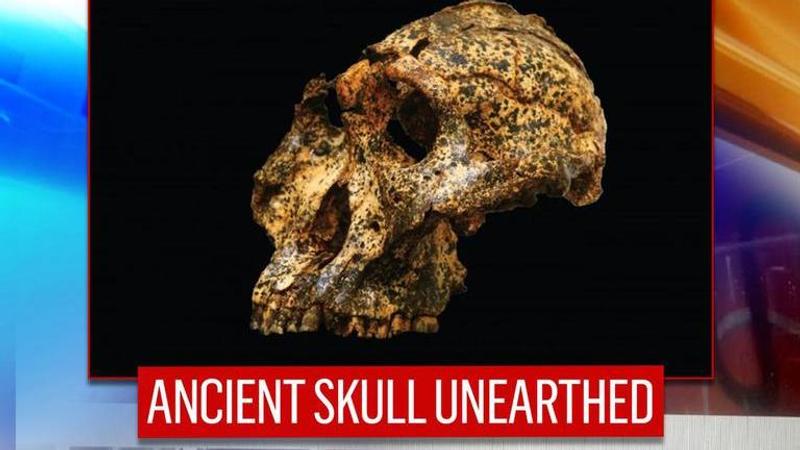Published 14:44 IST, November 10th 2020
Scientists unearth 2 mn-year-old skull of 'cousin species' of Homo erectus in South Africa
Australian researchers have unearthed a two million-year-old skull in South Africa, a haul that could throw more light on human evolution.

Australian researchers have unearthed a two million-year-old skull in South Africa, a haul that could throw more light on human evolution. Researchers have concluded that the skull was that of a male Paranthropus robustus, a “cousin species” of the Homo erectus , a species thought to be direct ancestors of modern-day humans, BBC reported. Both the species lived together, however, the Paranthropus robustus perished fasted than their ‘cousins’.
Paranthropus robustus
Paranthropus robustus had large teeth and small brains, differing from Homo erectus which had large brains and small teeth. Experts unanimously believe that the former's diet involved eating mainly tough plants, like tubers and bark.
“These two vastly different species, Homo erectus with their relatively large brains and small teeth, and Paranthropus robustus with their relatively large teeth and small brains, represent divergent evolutionary experiments,” Dr Angeline Leece said.
‘Exciting research’
Speaking to BBC, Dr Leece said that most of the fossil recovered till date are just “a single tooth here and there” so something like that was “very rare, very lucky.” While co-researcher Jesse Martin added that the handling of the recently unearthed fossil pieces was like “working with wet cardboard”. He then went on to reveal that he had to literally use plastic straws to suck the last traces of dirt from the skull.
Image: latrobe.edu.a
'Found in 2018'
The nearly two million-year-old skull of the Paranthropus robustus was discovered back in 2018 just a few meters away from a spot where a similarly aged Homo erectus skull of a Child was discovered back in 2015. Speaking to BBC, the researchers revealed that since its discovery two years ago, they spent the time piecing together and analyzing the fossils.
Scientists believe that the findings, published in journal Nature Ecology and Evolution on November 10, could lead to a revised system for classifying and understanding the palaeobiology of human ancestors.
Updated 14:43 IST, November 10th 2020





